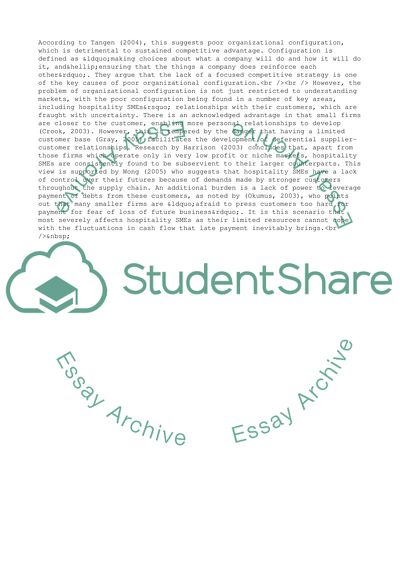Cite this document
(Effective Business Process Management in Hospitality SME'S Literature review, n.d.)
Effective Business Process Management in Hospitality SME'S Literature review. Retrieved from https://studentshare.org/management/1540188-critically-discuss-the-extend-to-which-formal-strategic-may-be-considered-to-be-the-key-to-effective-business-process-management-in-hospitality-smes
Effective Business Process Management in Hospitality SME'S Literature review. Retrieved from https://studentshare.org/management/1540188-critically-discuss-the-extend-to-which-formal-strategic-may-be-considered-to-be-the-key-to-effective-business-process-management-in-hospitality-smes
(Effective Business Process Management in Hospitality SME'S Literature Review)
Effective Business Process Management in Hospitality SME'S Literature Review. https://studentshare.org/management/1540188-critically-discuss-the-extend-to-which-formal-strategic-may-be-considered-to-be-the-key-to-effective-business-process-management-in-hospitality-smes.
Effective Business Process Management in Hospitality SME'S Literature Review. https://studentshare.org/management/1540188-critically-discuss-the-extend-to-which-formal-strategic-may-be-considered-to-be-the-key-to-effective-business-process-management-in-hospitality-smes.
“Effective Business Process Management in Hospitality SME'S Literature Review”, n.d. https://studentshare.org/management/1540188-critically-discuss-the-extend-to-which-formal-strategic-may-be-considered-to-be-the-key-to-effective-business-process-management-in-hospitality-smes.


